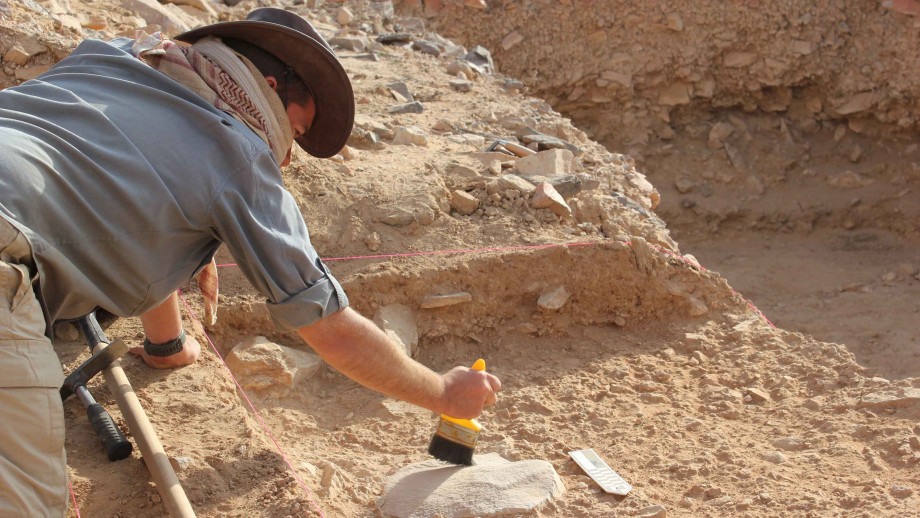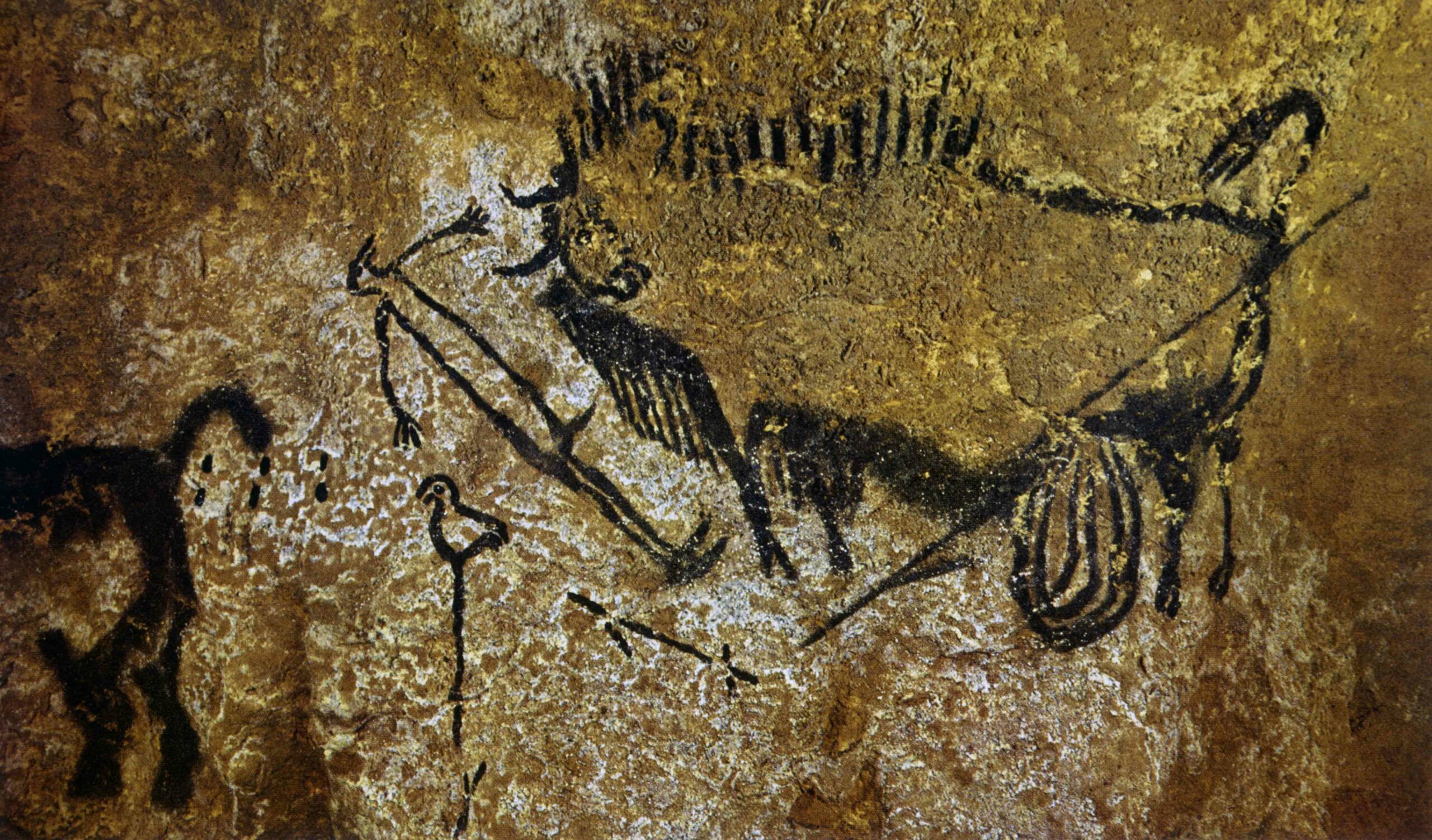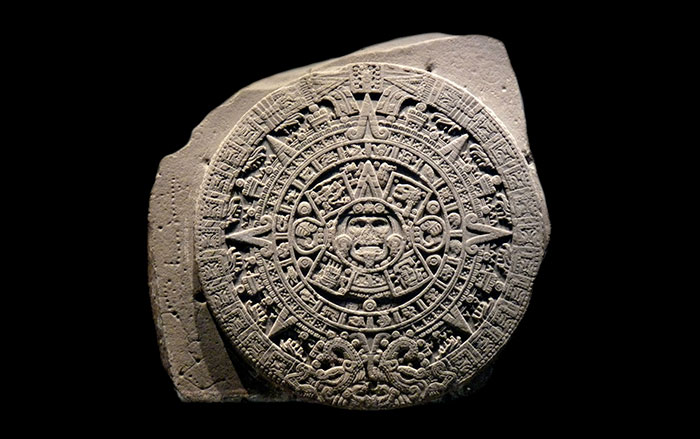
CANBERRA, AUSTRALIA—According to an Australian Broadcasting Corporation report, researchers led by Ceri Shipton of Australian National University say Homo erectus living in what is now Saudi Arabia employed “least-effort strategies” when making tools and gathering resources, when compared to Homo sapiens and Neanderthals, who are thought to have gone the extra mile to obtain quality materials. Shipton explained that tools found at the site of a Homo erectus camp near the town of Saffaqah, which is about 175 miles west of the Saudi capital, Riyadh, were made from rocks sourced at a nearby outcrop that may even have rolled into camp. “We also found that in the technology they were using to make the stone tools, they were very conservative,” Shipton said. “They used the same strategies for making the tools in the face of changing environments.” As the local rivers dried up and the environment turned to desert, Shipton thinks the Homo erectus living in the camp may have been unable to plan ahead, and were perhaps reluctant to travel to pursue new water sources. “They would be just planning just a few hours, perhaps a day ahead at most, whereas Homo sapiens and Neanderthals [did] things like target seasonal migration,” he added. Shipton suggests this inability to adapt may have contributed to the extinction of Homo erectus. To read more about Homo erectus, go to "Homo Erectus Stands Alone."











